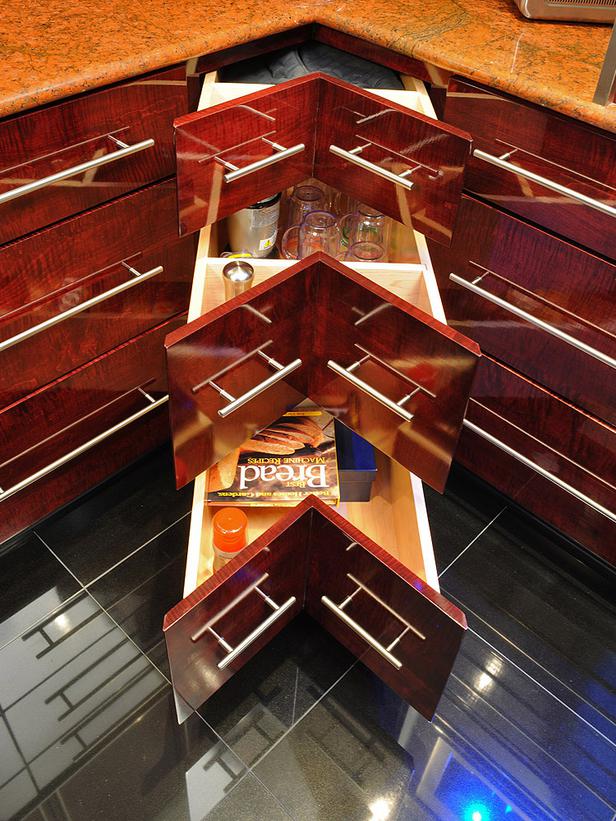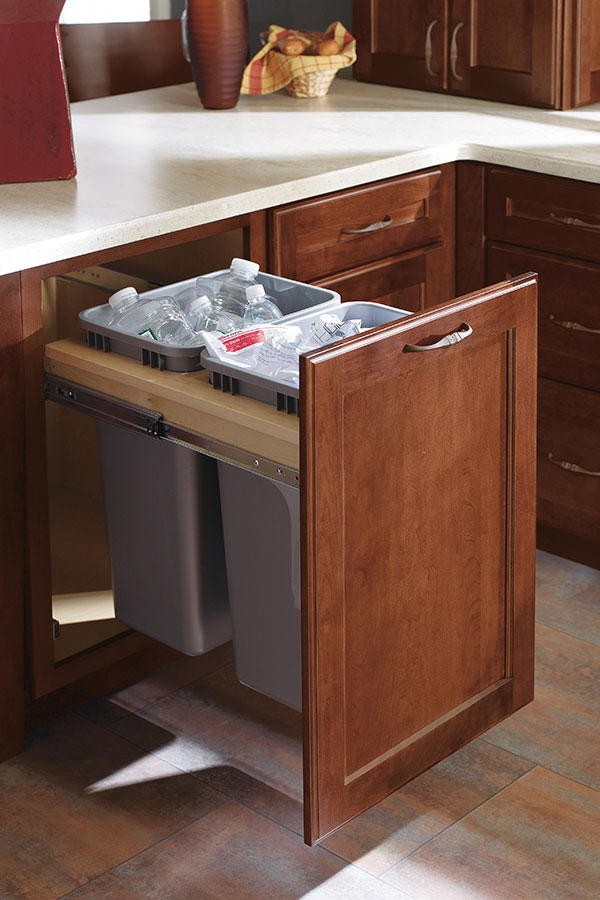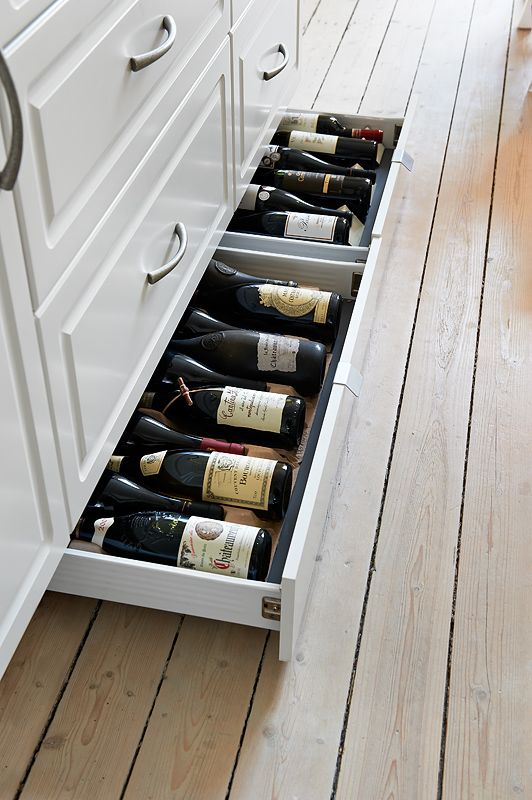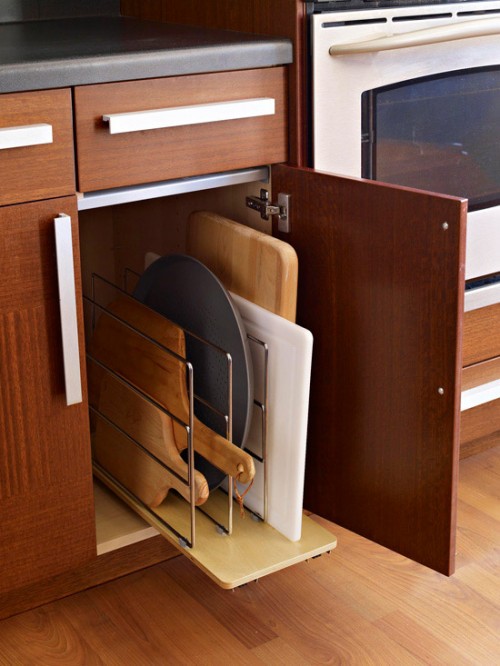When it comes to maximizing storage in the kitchen, one often overlooked space is the area directly under the sink. This section can be a bit tricky to work with, especially since it’s usually where the plumbing and garbage disposal are located, leaving little room for traditional cabinets or shelves. However, with a bit of creativity and the right storage solutions, a kitchen sink drawer can be a game-changer. Instead of wasting valuable real estate, a well-designed drawer under the sink can help you keep everything organized and easily accessible. Whether you’re storing cleaning supplies, trash bags, or even kitchen tools, making the most of this space can simplify your life and keep your kitchen clutter-free.
The first thing to consider when designing a kitchen sink drawer is how you want to use the space. Most people use this area to store cleaning products like dish soap, sponges, and scrub brushes. But this drawer can also be used for other items, depending on your needs. For instance, if you have a small kitchen with limited storage, you might want to use this space for extra trash bags, kitchen towels, or even small pots and pans. The key is to customize the drawer to fit your lifestyle, so think carefully about what would be most useful for you to have easily accessible right under the sink.

One of the main challenges with a kitchen sink drawer is working around the plumbing. Most kitchen sinks have pipes running underneath, which can make it difficult to install a traditional drawer. However, many storage solutions have been designed specifically for this purpose. One popular option is a U-shaped drawer, which is cut out in the middle to accommodate the pipes. This design allows you to use the remaining space efficiently without obstructing the plumbing. These drawers can be custom-made or purchased pre-built, and they come in a variety of sizes and styles to suit different kitchen layouts.
Another consideration when designing a kitchen sink drawer is the type of material you want to use. Since the area under the sink is prone to moisture, it’s important to choose materials that are durable and resistant to water damage. Stainless steel or moisture-resistant wood are great options, as they can withstand the humid environment without warping or deteriorating over time. You can also opt for plastic or metal organizers within the drawer itself to keep smaller items in place. These materials are easy to clean and maintain, which is essential for an area that might see frequent spills or leaks.

If you’re planning to use your kitchen sink drawer for cleaning supplies, consider adding dividers or compartments to keep everything organized. It’s easy for items to get jumbled together in a drawer, especially when dealing with bottles of detergent, sponges, and brushes. By creating separate sections for each item, you can ensure that everything has its own designated place, making it easier to find what you need. Some drawers even come with built-in dividers that can be adjusted based on the size of the items you’re storing. This level of organization not only saves time but also prevents spills or messes from accumulating in one area.
Another way to optimize kitchen sink drawer storage is by using pull-out organizers. These can be installed inside the drawer to create additional layers of storage. For example, a two-tier pull-out organizer allows you to store larger items on the bottom and smaller items, such as sponges or cleaning cloths, on the top. This maximizes the vertical space in the drawer and ensures that you’re using every inch efficiently. You can also find pull-out trays or caddies that can be removed entirely, making it easy to transport cleaning supplies around the house.

If you’re someone who loves to keep things neat and tidy, a kitchen sink drawer can be a great opportunity to embrace minimalism. Instead of stuffing the drawer full of random items, focus on storing only the essentials. This might include a bottle of dish soap, a sponge, and perhaps a small brush. By keeping the drawer simple and clutter-free, you can easily maintain an organized and functional space. Plus, with fewer items to worry about, it becomes much easier to keep everything clean and in good condition.
In addition to storing cleaning supplies, kitchen sink drawers can be used for waste management. For example, you could install a small pull-out trash or recycling bin inside the drawer. This is especially useful in smaller kitchens where there may not be enough room for a full-sized trash can. Having the bin hidden away under the sink keeps your kitchen looking neat and reduces odors from accumulating in the open air. You could even add a compartment for compostable waste if you’re eco-conscious and want to start composting at home.
One aspect of kitchen sink drawer storage that people often overlook is the potential for storing kitchen tools. If you’re short on cabinet space, the area under the sink can be used to store items like small pots, pans, or baking sheets. A well-designed drawer can easily accommodate these items, especially if you use dividers or custom inserts to keep everything organized. This can free up space in your other cabinets and make it easier to access these tools when you’re cooking or baking.

For those who like to stay on top of cleaning and organization, a kitchen sink drawer can be outfitted with hooks or racks to hold items like rubber gloves, brushes, or towels. By hanging these items inside the drawer, you keep them off the counter and out of sight, while still having them readily accessible when needed. This can also help with drying damp items, as airflow is better when they’re not crumpled up in the bottom of a drawer.
A kitchen sink drawer can also serve as a smart space for storing food storage bags or wraps, which are often used daily. By placing these items under the sink, you keep them within arm’s reach when you’re packing up leftovers or prepping meals. Drawer organizers designed for kitchen wraps can keep plastic wrap, aluminum foil, and sandwich bags neat and easy to grab, rather than having them clutter up a drawer elsewhere in the kitchen.
When thinking about kitchen sink drawer storage, it’s also a good idea to consider adding liners to the drawer. These liners not only protect the drawer from spills and leaks but also make it easier to clean. If something spills inside the drawer, all you need to do is wipe down the liner rather than scrubbing the drawer itself. You can find drawer liners that are moisture-resistant and even antibacterial, which is perfect for a space where cleaning supplies are stored.

The aesthetics of a kitchen sink drawer shouldn’t be neglected either. Just because the drawer is tucked away doesn’t mean it can’t look great. You can choose a front panel for the drawer that matches the rest of your kitchen cabinetry for a seamless look. Or, if you want the drawer to stand out, you can opt for a different finish or handle to create a bit of contrast. The drawer can also be equipped with soft-close mechanisms to ensure that it closes quietly and smoothly, adding a touch of luxury to this functional space.
In addition to its functional benefits, a well-designed kitchen sink drawer can also increase the value of your home. Potential buyers are always looking for clever storage solutions, and an organized, efficient kitchen is a huge selling point. Even if you’re not planning to sell anytime soon, having a kitchen sink drawer that makes your daily tasks easier is worth the investment. It’s one of those small details that can make a big difference in how you use and enjoy your kitchen.
In the end, the goal of kitchen sink drawer storage is to make your life easier and your kitchen more efficient. By carefully planning the layout, choosing the right materials, and customizing the drawer to your needs, you can transform what was once wasted space into a highly functional and organized area. Whether you’re storing cleaning supplies, kitchen tools, or even waste bins, a well-designed drawer under the sink can help you make the most of every inch of your kitchen.

Common Mistakes to Avoid:
One common mistake when designing a kitchen sink drawer is not accounting for the plumbing. It’s essential to measure carefully and design around the pipes to ensure the drawer fits properly. Failing to do so can result in wasted space or the need for costly adjustments.
Another mistake is choosing materials that aren’t durable or water-resistant. Since the area under the sink is prone to moisture, it’s crucial to use materials like stainless steel or treated wood to prevent warping or damage over time.
Overloading the drawer with too many items is another issue to avoid. It’s tempting to cram as much as possible into the drawer, but this can make it difficult to find what you need and lead to a cluttered, disorganized space.
Neglecting to use dividers or compartments can also be a problem. Without these, items can shift around and create a mess, making it harder to maintain an organized drawer.
Finally, failing to regularly clean the drawer can result in spills or leaks going unnoticed. It’s important to wipe down the drawer and clean up any spills immediately to prevent damage and keep the space hygienic.

How do I organize a kitchen sink drawer effectively?
To organize a kitchen sink drawer, start by assessing what items you use most frequently and design the space around those needs. Use dividers or compartments to keep cleaning supplies, trash bags, or kitchen tools neatly separated. Pull-out organizers can maximize vertical space, and hooks or racks can keep frequently used items like gloves or brushes easily accessible.
What materials should I use for a kitchen sink drawer?
Since the area under the sink is prone to moisture, it’s best to use water-resistant materials like stainless steel, moisture-resistant wood, or plastic. These materials will hold up over time and resist warping or damage from humidity. Adding liners to the drawer can also protect against spills and make cleaning easier.
Can I install a kitchen sink drawer myself?
Yes, it’s possible to install a kitchen sink drawer yourself if you’re comfortable with basic carpentry and have the right tools. However, because this area has plumbing and possibly garbage disposal, it’s important to measure carefully and consider the layout. U-shaped drawers or custom solutions might require professional installation if the space is tricky.

What should I store in a kitchen sink drawer?
Kitchen sink drawers are typically used to store cleaning supplies like dish soap, sponges, and scrub brushes. However, they can also be used for kitchen towels, small pots and pans, trash bags, or even a small trash or recycling bin. The key is to tailor the storage to your specific needs.
How can I prevent clutter in a kitchen sink drawer?
To prevent clutter, only store the essentials in the drawer and avoid overloading it with unnecessary items. Use drawer dividers or compartments to keep everything organized, and periodically clean out the drawer to remove items you no longer use. Keeping a minimalist approach will help maintain a tidy and functional space.
How do I clean and maintain a kitchen sink drawer?
Regularly wipe down the drawer with a damp cloth to remove spills or dirt. If you use drawer liners, these can be easily removed and cleaned as needed. It’s also important to check for any leaks or moisture buildup, especially around the plumbing, to prevent damage to the drawer materials over time.

Cabinet & Under Sink/Pantry Storage Drawers – Simplist

Simple Trending Stackable 2-Tier Under Sink Cabinet Organizer with Sliding Storage Drawer

Black Steel Under Sink Organizer and Storage Bathroom & Kitchen Under Sink Organizer Sliding

Related Posts:
- Popular Kitchen Sinks 2016
- Cheap Double Kitchen Sink
- Vintage Kitchen Sink With Legs
- Kitchen Island Designs With Seating And Sink
- White Composite Undermount Kitchen Sinks
- Best Way To Unclog Kitchen Sink Drain
- Leaking Shut Off Valve Under Kitchen Sink
- Stainless Steel Kitchen Sink Single Bowl Undermount
- Replacement Soap Pump For Kitchen Sink
- Drop In Granite Composite Kitchen Sinks